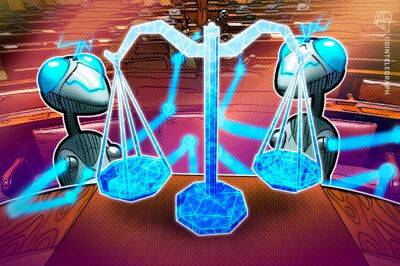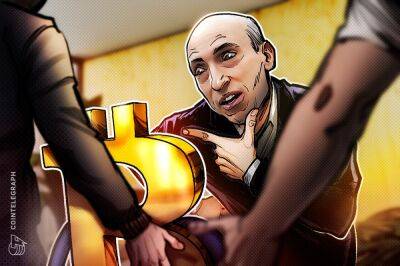Cryptocurrency is headed toward surviving its first age
The past year was a challenge across the globe. Financial markets plunged deep into the red, affecting millions, if not billions, of people worldwide. Inflation rose. For crypto, it has arguably been the worst year since Bitcoin’s (BTC) inception. It has been more of an ice age than a crypto winter, and bad actors and weak projects have dominated headlines — including FTX, Voyager, Celsius, Terra, Hodlnaut, and this week, Nexo.
In 2023, the purge could continue with projects that — like Tezos, Lisk and EOS — do not develop any new technology, nor do they innovate. It’s been said frequently that 90% of crypto projects will ultimately fade away or disappear because, among other failures, they solve nothing.
The dubious actors failed to comply with transparency and decentralization and grossly corroded user trust. In the Web2 industry, Big Tech also continued to misuse user data and privacy, prompting the Federal Trade Commission to take a closer look at how Facebook, Google, Amazon and Apple handle customers’ personal information.
Related:Crypto is breaking the Google-Amazon-Apple monopoly on user data
And as harsh as this silver-lining statement may sound, many crypto enthusiasts hopefully finally learned the lesson that if “not your keys, not your crypto.”
In the blockchain space, it has boiled down to the collapse of major centralized crypto firms rather than developers or builders.
Proof of reserves (PoR) surfaced as a critical topic in 2022 to bring trust back in light of the frauds and scams. PoR uses cryptographic proofs, public crypto-wallet ownership verification and third-party audits to attest that a centralized platform holds enough assets to match user assets.
The cryptocurrency market downturn wiped out
Read more on cointelegraph.com

 cointelegraph.com
cointelegraph.com















